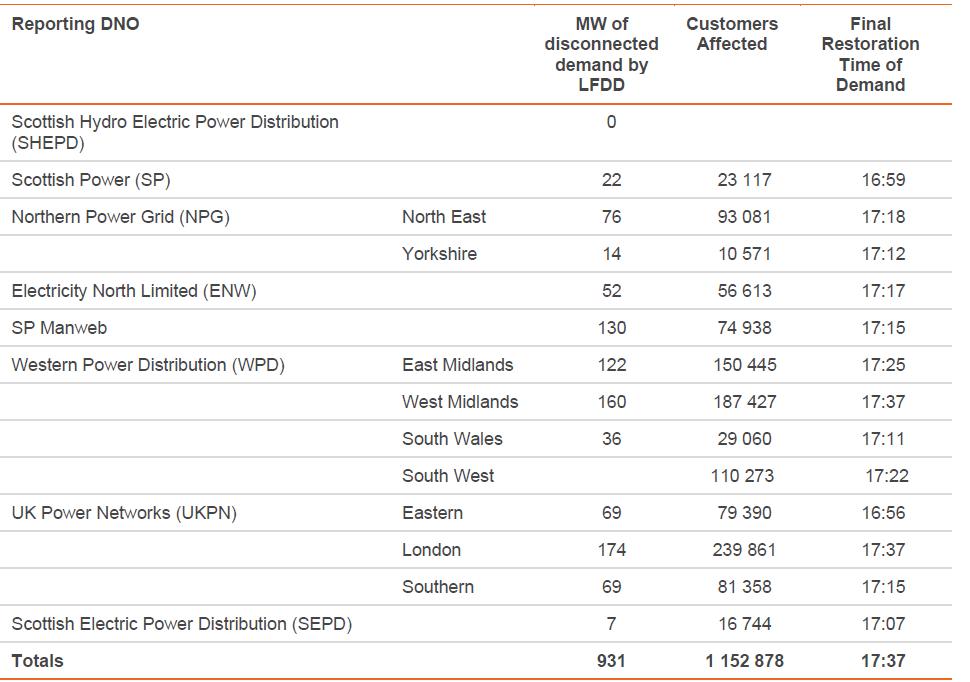Reading through @OtherProfGreen summary of the 9th August #UK event, the similarities to the 25th August 2018 #Australian separation event across the #NEM are very interesting to observe.
https://twitter.com/OtherProfGreen/status/1163712143117705217
Firstly, they are all attributed to lightning strikes.
And although the #UK one was easy to identify, the #QLD one took a bit of forensic investigation as it happened at a time that no weather warnings were out for the area.

And although the #UK one was easy to identify, the #QLD one took a bit of forensic investigation as it happened at a time that no weather warnings were out for the area.


Both events attribute an initial loss of generation due to disconnection of #distributed #generation #DG
I will get back to this point later, because it is probably the most interesting aspect of both events!!

I will get back to this point later, because it is probably the most interesting aspect of both events!!


The combination of events that followed lead to decrease in the system #frequency at #RoCoF that is considered quite high (although as the #SAblackout event showed us in 2016, we should be prepared for much higher values) 



The lack of "reserve" (and I am not using the term spinning here because we can, if we want, get reserve functions out of #wind and #solar - #FPPT) meant that the frequency dropped to UFLS - LFDD limits of 49Hz
This meant that a protection that was specifically designed to protect the system when frequency drops to 49Hz actually worked as it was supposed to - in both occasions. 

Side note here but I like the two different terms for the same protection used in the #AU and #UK reports:
UFLS -> under-frequency load shedding
LFDD -> Low-frequency demand disconnection
UFLS -> under-frequency load shedding
LFDD -> Low-frequency demand disconnection
Once UFLS - LFDD was activated and system frequency was able to recover - this was a bit more complex in the #NEM because the UF led to South Australia disconnecting as well - the system was able to progressively recover with, oddly enough ~1GW of load disconnected in each event 



Now to the two bits I find juicy - more in a follow-up blog post:
1) Immediately after each event there was a substantial part of #DG that was disconnected. This has led to the ongoing discussion in AU about revision of the standard and inverter response to network events
1) Immediately after each event there was a substantial part of #DG that was disconnected. This has led to the ongoing discussion in AU about revision of the standard and inverter response to network events
You can find some examples on how different inverters may respond to network events here:
pvinverters.ee.unsw.edu.au
and our topical presentation at @cigreaus #cider19 yesterday!
pvinverters.ee.unsw.edu.au
and our topical presentation at @cigreaus #cider19 yesterday!
2) Are frequency #markets affecting (IMHO killing) the system during these events? Mandate a level of support or reserve each unit needs to have available (including AGC #solar and #wind) and keep the system frequency tight within bands...
• • •
Missing some Tweet in this thread? You can try to
force a refresh








